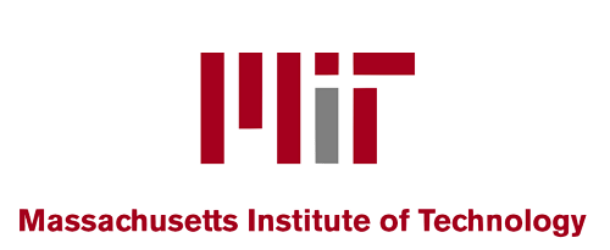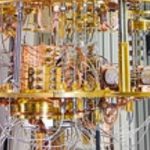Scientists from MIT’s Computer Science and Artificial Intelligence (CSAIL) created programming language for quantum computing called Twist

(News.MIT) Scientists from MIT’s Computer Science and Artificial Intelligence (CSAIL) have created their own programming language for quantum computing called Twist. Twist can describe and verify which pieces of data are entangled in a quantum program, through a language a classical programmer can understand. The language uses a concept called purity, which enforces the absence of entanglement and results in more intuitive programs, with ideally fewer bugs. For example, a programmer can use Twist to say that the temporary data generated as garbage by a program is not entangled with the program’s answer, making it safe to throw away.
“Our language Twist allows a developer to write safer quantum programs by explicitly stating when a qubit must not be entangled with another,” says Charles Yuan, an MIT PhD student in electrical engineering and computer science and the lead author on a new paper about Twist. “Because understanding quantum programs requires understanding entanglement, we hope that Twist paves the way to languages that make the unique challenges of quantum computing more accessible to programmers.”
Yuan wrote the paper alongside Chris McNally, a PhD student in electrical engineering and computer science who is affiliated with the MIT Research Laboratory of Electronics, as well as MIT Assistant Professor Michael Carbin.
The scientists designed Twist to be expressive enough to write out programs for well-known quantum algorithms and identify bugs in their implementations. To evaluate Twist’s design, they modified the programs to introduce some kind of bug that would be relatively subtle for a human programmer to detect, and showed that Twist could automatically identify the bugs and reject the programs.
They also measured how well the programs performed in practice in terms of runtime, which had less than 4 percent overhead over existing quantum programming techniques.
An important next step is using Twist to create higher-level quantum programming languages. Most quantum programming languages today still resemble assembly language, stringing together low-level operations, without mindfulness towards things like data types and functions, and what’s typical in classical software engineering.
“Quantum computers are error-prone and difficult to program. By introducing and reasoning about the ‘purity’ of program code, Twist takes a big step towards making quantum programming easier by guaranteeing that the quantum bits in a pure piece of code cannot be altered by bits not in that code,” says Fred Chong, the Seymour Goodman Professor of Computer Science at the University of Chicago and chief scientist at Super.tech.





















